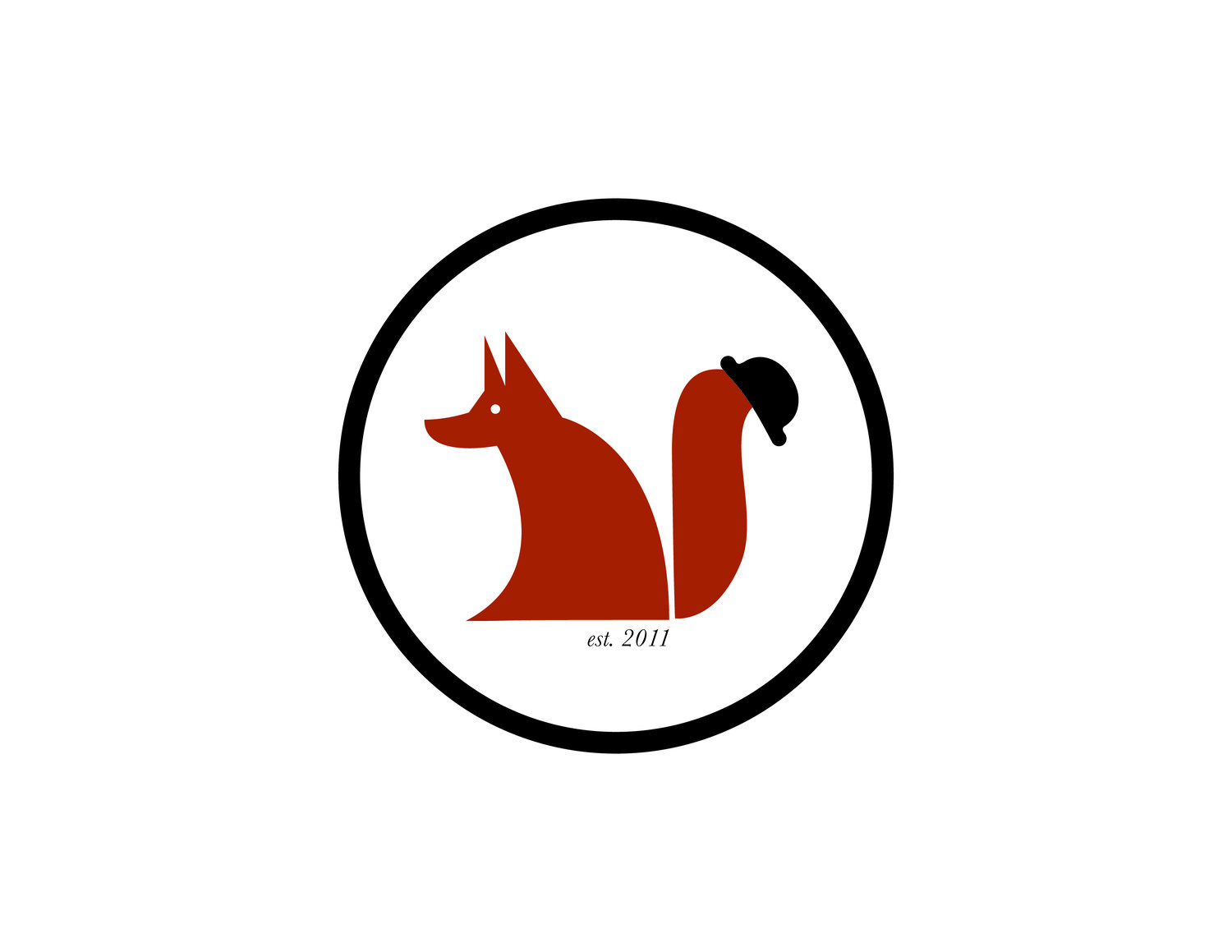Musings
I recently subscribed to Maria Popova's Brainpickings newsletter. I highly recommend checking it out. Every Sunday, a thoughtful newsletter comes out that is well worth a read.
This week, Maria Popova came out with an essay "Rebecca Solnit on Breaking Silence as Our Mightiest Weapon Against Oppression." In the meditation about silence and society, this quotation really spoke to me: "The task of calling things by their true names, of telling the truth to the best of our abilities, of knowing how we got here, of listening particularly to those who have been silenced in the past, of seeing how the myriad stories fit together and break apart, of using any privilege we may have been handed to undo privilege or expand its scope is each of our tasks. It’s how we make the world." It reminded me a lot of what this project and other oral histories are about. It's about reclaiming a silenced history, bringing it out into the open, celebrating and shouting to everyone about it. I guess I need to go read some more Rebecca Solnit.
Other news this week: I had the privilege of hearing the incredible Shirin Neshat speak at the MCA. She gave a short lecture, showed a recent video piece she made, and then did a QA.
A few choice quotations (a little bit of paraphrasing):
When talking about her choice of myriad mediums including photography, video, film, and even more recently opera, she explained: "I like being a beginner. I like the struggle. I like learning new languages...My strength is to constantly experiment." This was like music to my ears. I constantly like to learn new things myself and I feel she encapsulated how I feel about it. Not that everything is smooth going, there's a lot of bumps when learning something new, but the joy in discovery is a constant.
She also noted: "Poetry is subversive, yet a universal language for Iran." I like this idea of poetry, not just in the context of Iran. There's a lot that can be said in poetry that may not be easily said elsewhere. But there's a universality to poetry that we sometimes forget. We had the storytellers who were poets that were the public entertainment going back 1000s of years. Now, poetry sometimes is seen as very distant from the ordinary experience but that's not true. Music is a manifestation of poetry, words accompanied by melody and harmonies.
Anyway, just some early April musings.
Also, a reminder that my Kickstarter for the literary journal The Antelope Magazine is still running. It's a journal of oral history and mayhem! Help support it today!
That's all for now.
